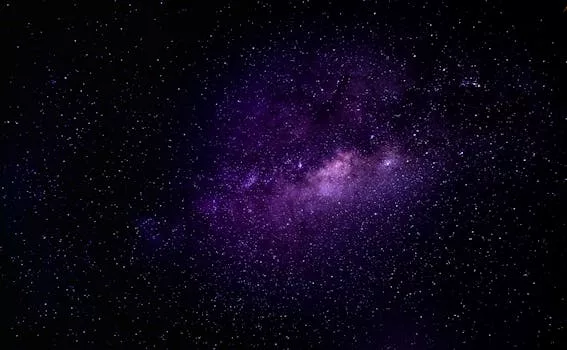
“
Beyond the Milky Way: Imagining New Worlds and Possibilities
Introduction to the Universe
Imagine a place where stars, planets, and galaxies stretch out as far as the eye can see, a place where the laws of physics are pushed to their limits, and where the unknown beckons us to explore. This is the universe, a vast expanse of space and time that has captivated human imagination for centuries. The Beyond the Milky Way is the starting point of our journey, as we venture into the unknown, exploring new worlds and galaxies that lie beyond our own Milky Way. At the beginning of this article, we already understand that we are about to Beyond the Milky Way, and the endless possibilities that await us.
The Milky Way, our home galaxy, is just one of billions of galaxies that make up the observable universe. It is a barred spiral galaxy, consisting of hundreds of billions of stars, as well as various types of interstellar gas and dust. The Milky Way is thought to be about 100,000 light-years in diameter, and is estimated to contain between 200 and 400 billion stars.
Exploring the Universe
As we explore the universe, we begin to realize the vast scale of creation. The universe is estimated to be around 13.8 billion years old, and is made up of billions of galaxies, each containing billions of stars. The distances between these galaxies are so vast that it would take a spacecraft many thousands of years to reach the nearest star outside of our own galaxy, even traveling at high speeds.
Despite these vast distances, scientists have developed a number of ways to study the universe. Telescopes, both on Earth and in space, allow us to observe the light coming from distant stars and galaxies. This light can tell us a great deal about the composition and properties of these objects, as well as their distance from us.
Spacecraft have also been used to explore the universe. Probes such as Voyager 1 and 2 have traveled to the outer reaches of our solar system, and have sent back a wealth of information about the outer planets and the heliosphere. More recently, spacecraft such as the Kepler space telescope have been used to search for exoplanets, planets that orbit stars other than our own Sun.
New Worlds and Possibilities
As we continue to explore the universe, we are constantly amazed by the new worlds and possibilities that we discover. From the towering mountain ranges of Mars to the icy moons of Jupiter, each new discovery expands our understanding of the universe and its many wonders.
One of the most exciting areas of research in recent years has been the discovery of exoplanets. These planets, which orbit stars other than our own Sun, offer us a glimpse into the diversity of planetary formation and evolution in the universe. Some of these planets are similar in size and composition to our own Earth, while others are much larger or smaller, and have very different properties.
The discovery of exoplanets has also raised the possibility of extraterrestrial life. While we have yet to find definitive evidence of life on another planet, the discovery of exoplanets that are similar in size and composition to our own Earth has given us hope that we may one day find life elsewhere in the universe.
Conclusion and Takeaways
In conclusion, the universe is a vast and wondrous place, full of mysteries waiting to be uncovered. As we continue to explore the universe, we are constantly amazed by the new worlds and possibilities that we discover. From the stars and galaxies that make up the cosmos, to the exoplanets and potential for life that lie beyond our own solar system, the universe is a place of endless fascination and discovery.
Some key takeaways from our journey beyond the Milky Way include:
- The universe is vast and complex, with billions of galaxies and stars stretching out as far as the eye can see.
- The Milky Way is just one of many galaxies in the observable universe, and is thought to contain hundreds of billions of stars.
- Exploring the universe is a challenging but rewarding task, with scientists using a range of techniques to study the cosmos.
- The discovery of exoplanets has raised the possibility of extraterrestrial life, and has given us a glimpse into the diversity of planetary formation and evolution in the universe. For more on this topic, check out Galaxies of Dreams.
See more:
https://www.nasa.gov
https://www.esa.int
https://www.space.com





